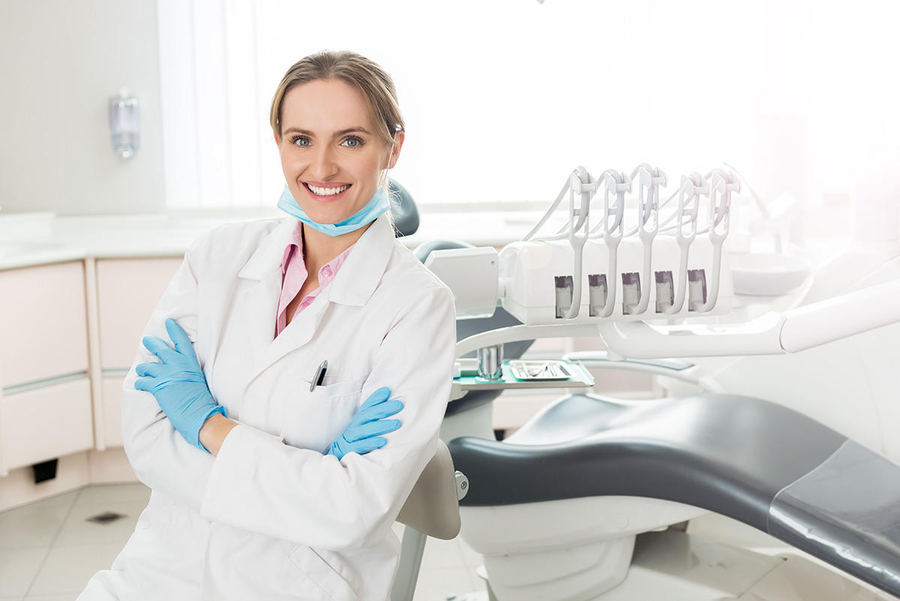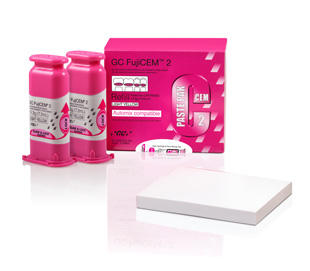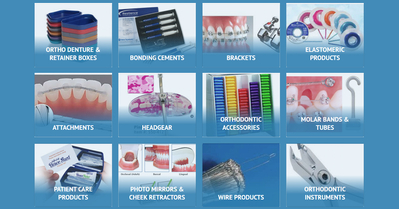What’s new in infection control?
May 20 2020
There’s been a busy round of papers recently, about pathogens and contagions in dental practices. It’s easy to guess why. They all kind of say what all of us pretty much expect, but it is nice to see people looking at the problem again, and totting up more stats about it. Numbers are always good. Even more fortuitously, there are good review articles out there, or in process, so it’s easy to scope out current thinking. As always, we’ve done this, with our busy customers in mind.
Here is the gist: Of course infections are possible in a dentist’s office. What the risk is, is not completely known, amazingly. It is clear that more infections happen when practices grow lax in infection control measures. Again, no real surprise – but it’s nice to see it confirmed.
The 3 major transmission routes that bugs take in dental practices are direct contact, blood-to-blood contact, or transmission by water or aerosols. Your correspondent admits he was quite surprised by the water vector.
Statistically, it’s known that herpes simplex 1 and 2, norovirus, and coxsackie go by direct contact most often; on the bacterial side this is also true of Staph. aureus and E. coli.
Blood-to-blood, the risk is for Hep-V, C, and D, and for N. gonorrheae and Treponema.
By sneezing or by exposure to dental unit water, the virus risk is for cytomegalovirus, measles, mumps, rubella, and the various respiratory bugs. For bacteria, it’s Strep, TB, Legionella, and Pseudomonas.
It’s more nuanced than that, of course. MRSA, the methicillin-resistant Staph superbug, probably transmits directly and indirectly. Dental students get it on their hands and in their noses more often than non-students do, so it’s in practices for sure, though to what extent is not known. Carrying the pathogen isn’t the same as being infected, either.
There is some concern about transmission through biofilms on dental instruments, particularly the hollow kind. Data does exist for this, and the popular press took up the worry for a while recently. But there has been no real academic follow-up.
The highest-risk transmission vector is blood-to-blood. In the developed world, say the epidemiologists, where vaccination is common, that risk doesn’t appear to be very high. In the developing world, however, it’s a problem. Healthcare-related infection accounts for over half of all Hepatitis C cases in some countries.
The interesting risk load is in dental unit water and aerosols. Contamination of instrument cooling water is very possible, it turns out, from patient-side backfire or from incoming pathogens in the water lines. Water is a super place, particularly at room temperature, for the formation of biofilms. They like to bond on polymer surfaces, too, like inside hoses. Contaminated water is where we got the famous outbreak of Legionnaires disease. Studies are proliferating on this curiously overlooked source of contagion. And yes, legionellosis has been reported in at least 2 dental practices that we know of.
It’s an interesting time we live in. Expect a lot more research into disease transmission in healthcare venues. Also expect the epidemiology to grow complicated, as we age, and as the virulence of some of the current bugs increases.
Want some good advice? Keep your practice clean.
If you’re looking for practical ways to do that, we’ve got some very good products you might have a look at. Check out https://www.skydentalsupply.com/infection-control/
Recent posts
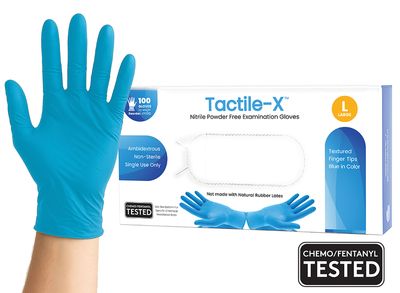
07-18-2025
Textured vs. Smooth Nitrile Gloves

02-12-2025
Ultrasonic scalers

10-17-2024
High Definition Black Line Mirrors
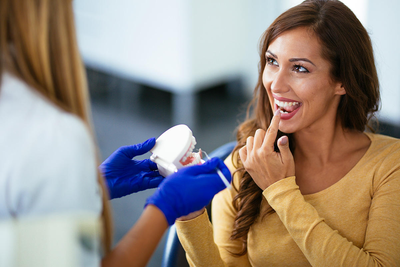
09-27-2020
